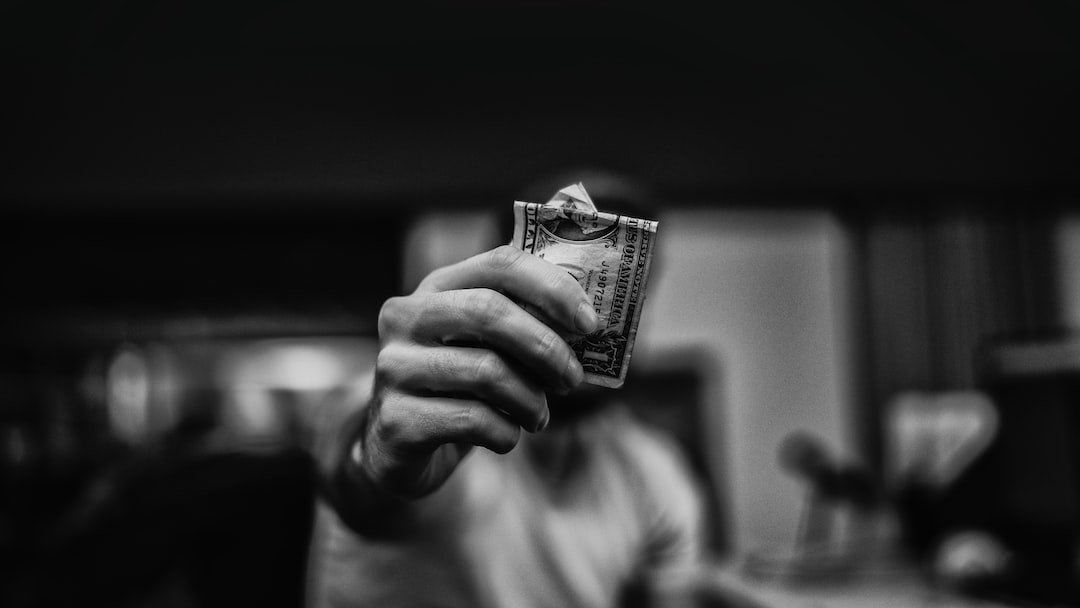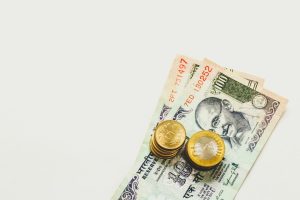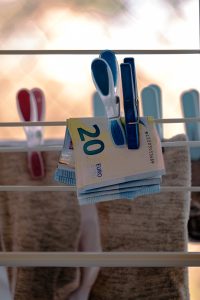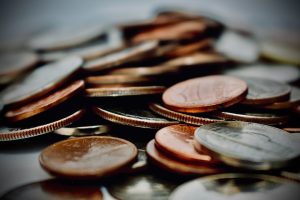Forex, or Foreign Exchange, is the largest financial market in the world, with daily trading volumes exceeding $5 trillion. It is a decentralized market where currencies are bought and sold, and its participants range from large financial institutions to individual traders. One of the fundamental concepts in Forex trading is quantity, which refers to the size of the position a trader takes in a currency pair.
In simple terms, quantity in Forex represents the amount of currency a trader is buying or selling. It is usually measured in lots, which are standardized units of currency. The standard lot size in Forex is 100,000 units of the base currency, which is the first currency in a currency pair. For example, if a trader buys 1 lot of EUR/USD, they are buying 100,000 euros.
However, not all traders have the capital or the risk appetite to trade standard lots. Therefore, Forex brokers offer different lot sizes to accommodate traders with different needs. The most common lot sizes are:
– Standard lot: 100,000 units of the base currency
– Mini lot: 10,000 units of the base currency
– Micro lot: 1,000 units of the base currency
For example, if a trader wants to buy 1 mini lot of GBP/USD, they would be buying 10,000 pounds.
The quantity of a trade is important because it determines the potential profit or loss of the trade. In Forex trading, profits and losses are measured in pips, which are the smallest unit of price movement in a currency pair. For example, if the EUR/USD pair moves from 1.2000 to 1.2010, that is a movement of 10 pips.
The profit or loss of a trade is calculated by multiplying the number of pips gained or lost by the value of each pip. The value of a pip depends on the lot size, the currency pair, and the exchange rate. However, as a general rule, a standard lot has a pip value of $10, a mini lot has a pip value of $1, and a micro lot has a pip value of $0.10.
For example, if a trader buys 1 lot of USD/JPY at 110.00 and sells it at 110.10, they have gained 10 pips. If the pip value is $10, their profit would be $100 (10 pips x $10).
On the other hand, if the trade goes against the trader, they would lose money. For example, if the same trader bought 1 lot of USD/JPY at 110.00 and sold it at 109.90, they would have lost 10 pips. If the pip value is $10, their loss would be $100 (10 pips x $10).
Therefore, traders need to be careful when choosing the quantity of their trades, as it can affect their risk and their potential reward. Trading too large of a position can lead to big losses if the trade goes against them, while trading too small of a position can limit their profits.
In addition, traders need to consider their account balance and their leverage when choosing the quantity of their trades. Leverage is a tool that allows traders to control a larger position with a smaller amount of capital. However, it also amplifies their losses if the trade goes against them. Therefore, traders need to use leverage wisely and avoid overexposing themselves.
In conclusion, quantity is a fundamental concept in Forex trading that refers to the size of the position a trader takes in a currency pair. It is usually measured in lots, and it determines the potential profit or loss of a trade. Traders need to choose their quantity wisely, taking into account their risk appetite, their account balance, and their leverage. By managing their quantity effectively, traders can increase their chances of success in the Forex market.





